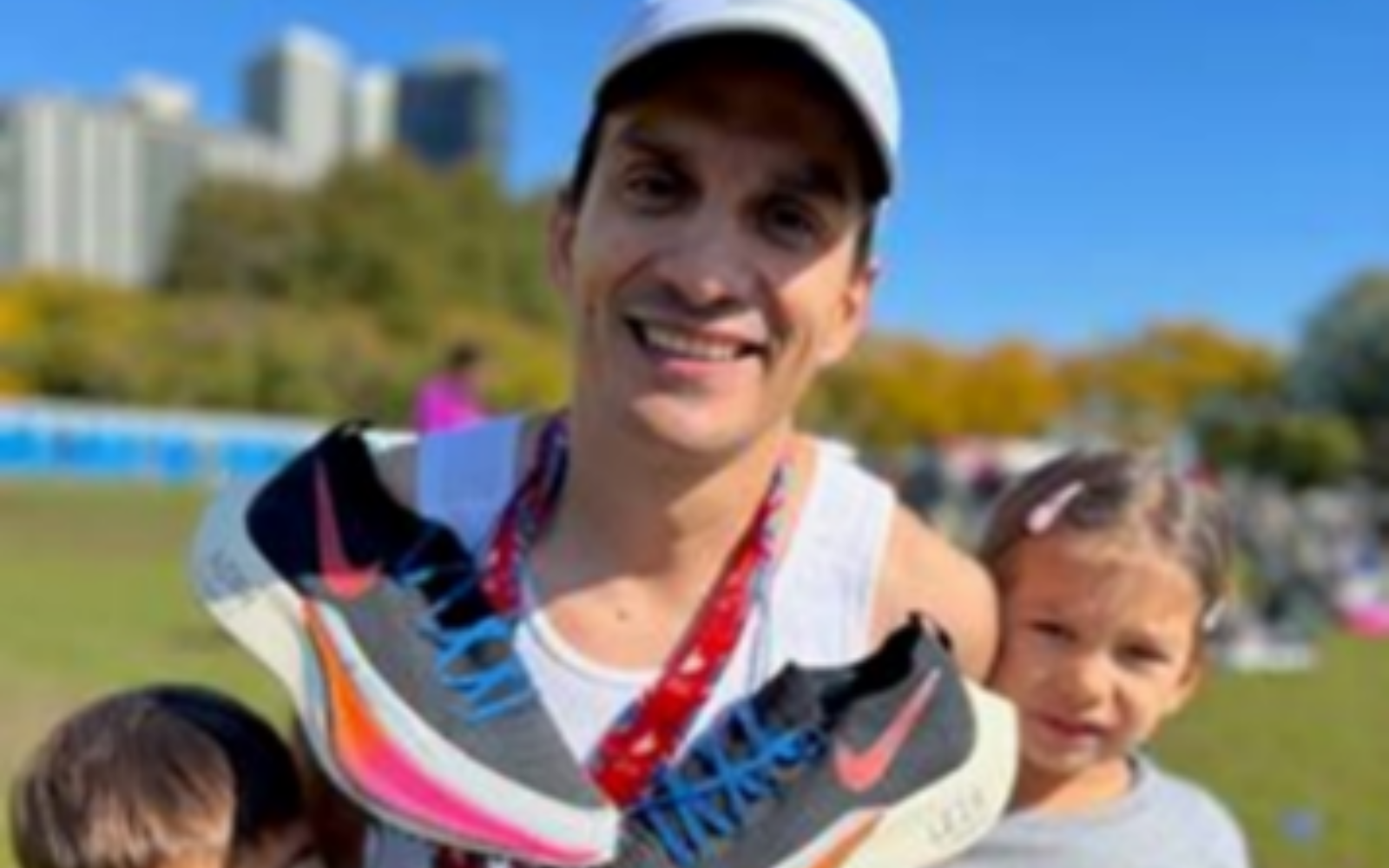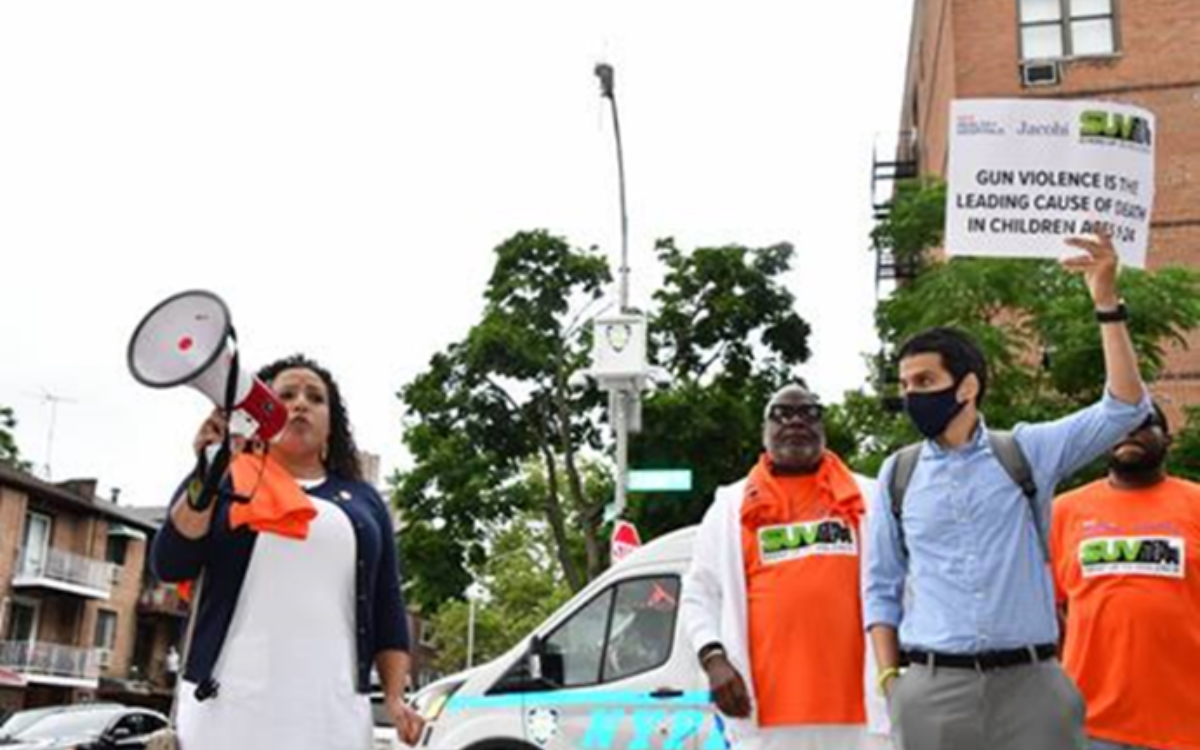
Dr. Noe Romo, Director of the Pediatrics Inpatient Service and Pediatrics Sub-Internship site leader, NYC Health + Hospitals/Jacobi
Dr. Noe Romo was raised in East Los Angeles. Witnessing firsthand the impact of violence and limited educational resources on his largely Latino community, Dr. Romo says that he “realized early on in [his] childhood that where [he] grew up was not the way the world was everywhere.” He also noticed that cultural and language gaps in healthcare had a profound negative impact on his community’s well-being, driving him to realize that he wanted to bridge that gap as a physician who could anticipate and understand patient needs from a cultural and medical perspective.
During his residency at NYC Health + Hospitals/Jacobi, where he was Chief Resident, Dr. Romo noticed that the Bronx community faced many of the same challenges as East Los Angeles. In residency, he was drawn to acute pediatric care, and worked to improve in-patient hospitalization to reduce patient re-admissions related to respiratory and infectious diseases, chronic pediatric diseases, and violent and non-violent trauma.

In 2014, Dr. Romo helped develop the Stand Up to Violence (SUV) program, one of twelve New York State Division of Criminal Justice Services (DCJS) SNUG evidence-based, violence-reduction initiatives. SUV is the only program of its kind that is fully hospital-based in the state, and Dr. Romo has published multiple articles in medical journals documenting the success of the program’s hospital and the community effect.
The SUV initiative operates on both a medical and social level. In the hospital setting, four supervisors and a hospital responder provide medical care to violent trauma patients. In the community setting, fifteen outreach and social workers provide support and intervention services to reduce rates of reinjury and help determine circumstances that bring patients into the emergency room.
“We offer the patients what they need so that they aren’t readmitted back to the hospitals, whether its conflict mediation strategies, job training services, mental health resources, and more,” Dr. Romo explains.
Over the past few years, the SUV program has expanded significantly thanks to the tripling of city, state, and federal funding. Since the program’s inception, SUV has responded to over 2,000 admitted violent trauma patients and has decreased the rates of re-injury by 59%. Dr. Romo attributes the 55% decrease in incidence of gunshot wound victims in designated SUV community target areas to the program.
To Dr. Romo, however, there is still much work to be done. “As physicians we need to start thinking outside of the box. The environmental impact in the communities where we provide care is quite significant,” he says. “While it’s great to have decreased shootings – is it improving someone’s health? Firearm related injury is now the leading cause of death in children and it’s preventable,” he continues. “As long as one person is shot, then our job is not complete.”

Dr. Romo’s dedication to reducing community violence and improving community public health drives his professional practice. A nine-time marathon runner, he combines his love for his family and their well-being by going on runs with his wife and two children.



